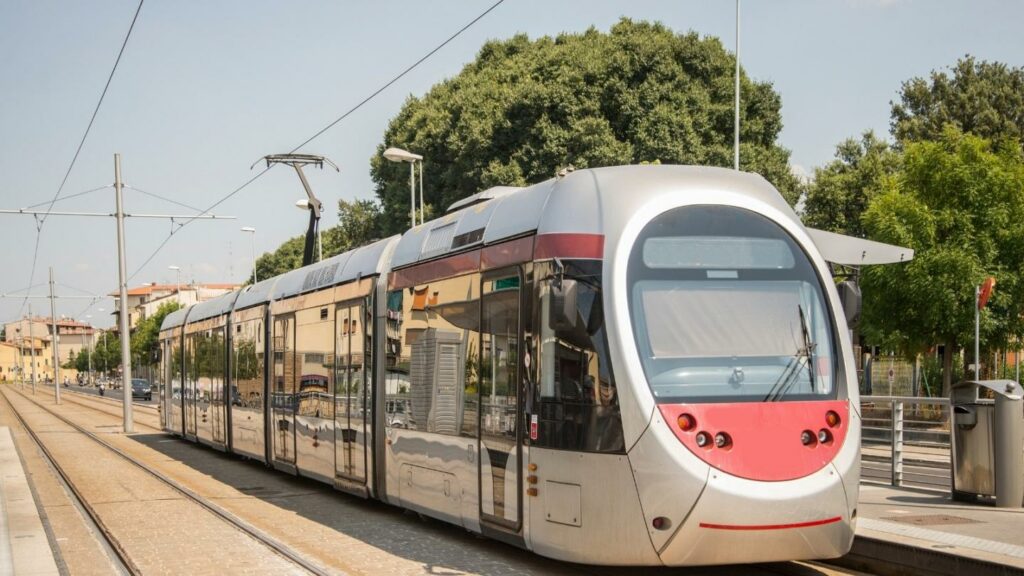Electric trams and trolley buses

In the West we are still addicted to the car as the ultimate embodiment of personal mobility (writes Peter Donaldson). However, there is growing awareness of the total carbon footprint of transport, and even the most efficient electric cars represent large tonnages of carbon dioxide released into the atmosphere in their manufacture. This awareness is driving what amounts to an ongoing renaissance of trams and trolley buses, which are being transformed by modern electrical storage, recovery and charging systems.
Trams and trolley buses were among the earliest electrically powered urban and suburban public transport vehicles, both typically drawing their power from overhead lines. Despite the rise of the car and their replacement by IC engine-powered buses in many cities around the world, they have hung on in many others.
In terms of energy efficiency, trams have the edge over trolley buses because their wheels run on steel rails, rather than rubber tyres on asphalt. They therefore suffer less rolling resistance and associated energy losses, but with the trade-off of the need to build and maintain tracks in addition to the power lines fed from the grid.
In general, infrastructure costs can be a barrier to extending tram and trolley bus networks. What’s more, the use of overhead power lines means the vehicles must have mechanisms such as pantographs and bows to maintain continuous contact with the catenary wires, which can be a challenge on sharp curves. Both are heavy vehicles that do a great deal of start-stop running, and repeated acceleration and deceleration waste a lot of energy unless it can be recovered.
All these problems represent opportunities for various combinations of batteries, supercapacitors/ultracapacitors, braking resistors and wireless chargers to make already efficient vehicles even more so. Systems with various combinations of these technologies are already making their presence felt, and are packaged in a modular manner so that OEMs and operators can find combinations that suit their needs.
For example, the Freedrive system from CAF Power & Automation uses a lithium-ion battery pack and ultracapacitor modules from Skeleton to provide limited independence from catenaries and energy recovery. The tram starts its run with the system fully charged, providing enough energy to run the traction system for about 10 km.
Regenerative braking is used to partially recharge the battery while slowing the tram, and the system is fully charged again at stops. The claim is that full charge is achieved in just 20 seconds, such a rapid uptake of charge being enabled by the ultracapacitors.
The company illustrates the tram recharging from a short selection of overhead wire at a stop, but wireless charging in the form of inductive charging loops installed in the road at the stop seem to be an increasingly promising alternative.
Many heavy EVs that use regenerative braking also use braking resistors that turn excess current into heat if the battery is too full to accept it. That energy is normally discarded to the surrounding air, but liquid cooling of those resistors provides opportunity to re-use this energy. It could, for example, heat the cabin or the battery as part of an integrated thermal management system that is able to move heat between water ethylene glycol coolant and the refrigerant used in air-conditioning systems.
The right combination of these technologies can make these old stalwarts of urban e-mobility new again.
ONLINE PARTNERS






















